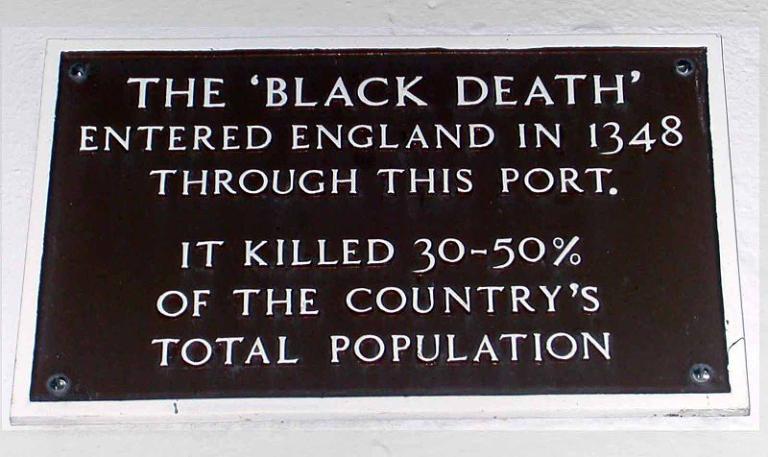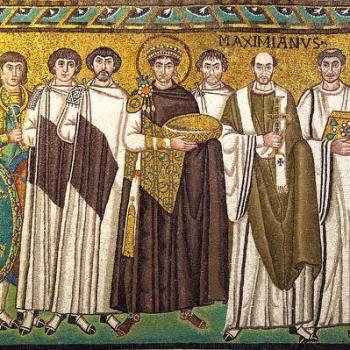
What would a day be without links to stories about the coronavirus?
This is potentially positive news:
“Scientists Can Now Accelerate COVID-19 Testing By Screening Multiple Samples at the Same Time”
And here’s some further good news, if these things pan out:
“10 Positive Updates on the COVID-19 Outbreaks From Around the World”
***
I’m going to attempt, from time to time, to post some encouraging things coming out of the current pandemic. Here are a few:
“Here Are Just a Few Examples of Celebrities Donating Time and Money Amidst COVID-19 Shutdowns”
The challenge posed to us all by the coronavirus offers an opportunity to think of what we might do, within the “social distancing” and other constraints suggested or imposed by both government and private institutions, to be of benefit to those around us. Be creative!
***
COVID-19 is certainly not the first epidemic or pandemic to race through human history, and it is very far from the worst. (Sadly, too, it won’t be the last. Like yesterday’s earthquake in Utah, it may actually be a salutary warning and wake-up call.)
The so-called “Plague of Justinian,” for example, came to Constantinople, the capital city of the Byzantine Empire ruled by the great Justinian, in AD 541. Probably from Africa. At one point, it was killing roughly ten thousand of the city’s residents each day, eventually carrying off a third of the population. From Constantinople, it continued to the west and north, ultimately killing at least twenty-five million Europeans — and perhaps many more.
In 1347, the “Black Death” invaded Europe from the East, most likely via Italian sailors returning home from Crimea. It did enormous damage for the next six years across the continent. Whole towns were wiped out. By the time it finally faded away around 1353, it had killed as many as 50 million people—more than half the population of Europe.
So we should look on the bright side: The coronavirus is a threat, no doubt, and it’s certainly inconvenient and a threat to our economy. But it’s not the Black Death, and we’re far better positioned to resist it than Europe was in the sixth century AD and in the fourteenth century. Medical science has made enormous strides since those two disasters.












